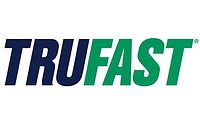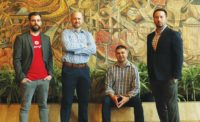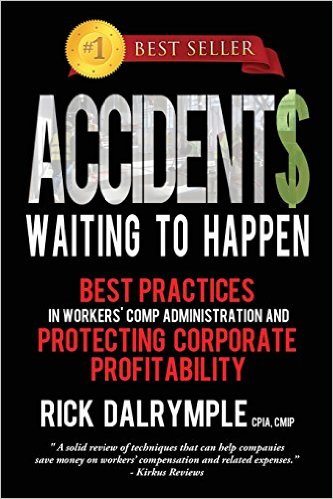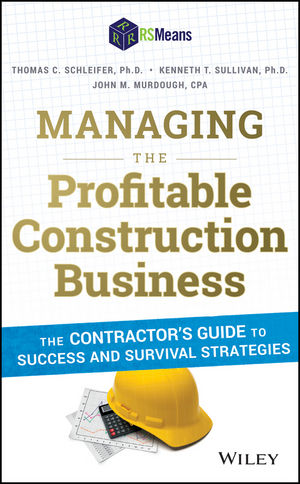Making ‘Trusted Connections’ in the U.S.A.
ALTENLOH, BRINCK & CO. U.S. Invests in American-Made TRUFAST® Fastening Solutions

Headquartered in Bryan, Ohio, ALTENLOH, BRINCK & CO. U.S. is committed to 100 percent domestic manufacturing of its TRUFAST® and SPAX® brands of construction fasteners and accessories.


The company is ISO 9001:2008 certified, and all products go through rigorous quality control checks at every stage of the manufacturing process.

The complex features a new 12-foot-by-24-foot wind uplift testing table that has the capacity to test roofing and wall assemblies at wind pressures up to 500 pounds per square foot.




In an era which has seen a lot of American manufacturing jobs going to other countries, it’s noteworthy when a company makes a commitment to manufacture products in the United States — especially when it’s headquarters is in another country. ALTENLOH, BRINCK & CO. U.S., INC. manufactures TRUFAST® commercial roofing fasteners and accessories, as well as the SPAX® brand of construction fasteners. Their manufacturing facility in Bryan, Ohio, is part of ALTENLOH, BRINCK & CO.—Group, which is headquartered in Ennepetal, Germany.
According to Brian Roth, president and CEO of ALTENLOH, BRINCK & CO. U.S., the company is committed to 100 percent American manufacturing of its two brands of engineered fasteners. “Having 100 percent of our product made domestically is not just fashionable — it’s fiscally responsible,” Roth said.
He noted that efficient shipping not only saves the company money but poses less of a burden on the environment. “It’s hard for companies to say they are green when they’re bringing in product from 8,000 miles away,” he said. “And our roofing fasteners, plates and batten bars are produced with steel that contains recycled material.”
TRUFAST has been a recognized supplier and brand in the commercial roofing industry for more than 30 years. The company was founded as Trufast Corporation in 1981 and acquired by ALTENLOH, BRINCK & CO. in 2005. Roth describes the company’s business model as a “four-legged stool,” with a structural wood connection line and OEM roofing division complementing the company’s commercial roofing line (TRUFAST) and its retail division (SPAX). “We see growth in every one of those categories,” Roth said.
Roth and members of his management team detailed the company’s recent expansion and future growth plans for Roofing Contractor. The company has invested in the facilities, technology and people necessary to ensure their products meet the highest standards, said Roth. “A tremendous investment has been made not only in land and in our facility, but in human capital as well.”
Investing in Technology
Over the past five years, the company has invested $15 million in the plant and equipment. In December 2011, the company completed a 33,000-square-foot addition to its headquarters complex in Bryan, bringing it to 190,000 square feet and doubling its existing capacity. Between 2008 and June 2011, almost everything in the plant was moved as part of the expansion process. The task was monumental, but it was well executed and completed ahead of schedule. “The process went much better than anticipated,” said Roth.
The company also invested in its own state-of-the-art heat treatment facility in nearby Pioneer, Ohio. Roth noted his company invested in heat treating equipment because no one else could handle the job to their specifications. “We want to control all the resources,” he said. “We want to add as much value as possible.”
New technology includes a new 12-foot-by-24-foot wind uplift testing table, which features a unique integrated clamp system with increased capacity to test roofing and wall assemblies at up to 500 pounds per square foot of wind pressure. “The wind uplift lab is fundamental to what we do here,” said Roth. “It all starts with engineering.” The company also conducts tests for manufacturing specs at each phase of the manufacturing process, and independent third-party testing and certification ensures products perform to the highest standards.
“The quality and performance of our products and the quality and performance of our people — that’s what we’re selling out there,” said Roth. “It’s not screws. It’s the commitment of our people. That’s the strength of the company — the people who make and service the products.”
Investing in People
As the plant expanded in size, the company expanded its workforce, going from 80 to more than 160 employees. “We doubled our sales and we doubled our people,” said Laurie Schlosser, the company’s human resources manager. It was difficult to find and train that many people, but the end result has been exceptional, noted Schlosser. “It’s a great group,” she said. “The people here would give the shirt off their back for the company. They are more than willing to do whatever it takes to get to the next step.”
The company strives to convey an atmosphere of flexibility and encourage initiative, noted Schlosser. “Our culture is by far our biggest asset,” she said.
“We rely on each other,” said Roth. “We invent solutions like our wind-uplift table. Our people are solving problems every hour of every day. That’s one of our core principles — empowerment. We trust our associates to manage our processes and encourage them to make decisions.”
Eric Rohrschneider, vice president of the SPAX division, praised the emphasis on teamwork and the lack of red tape. “You can get from top to bottom in ten minutes, or from bottom to top,” he said. He pointed to layered process audits, quarterly reviews and weekly meetings as the keys to maintaining quality and boosting communication.
Management gets a lot of insight and suggestions from the people in production, noted Peter Garrigus, vice president of engineering. Members of the management team pitch in to help in the plant when things get really busy. “It builds camaraderie,” said Garrigus. “It really does.”
“It also gives you a greater appreciation for their frustrations,” said Roth. “It gives you a greater appreciation for them and how hard their jobs are.”
Another key to keeping everyone sharp is taking some time to have fun. The company holds events like cookouts, picnics with a band, and a big Christmas party. They’ll also come up with impromptu events when the inspiration strikes. “We do at least four or five things a year that are just outrageous,” said Roth.
The company also invests in the community, supporting projects for the United Way, as well as local schools and sports teams. “If it’s important to our employees, it’s important to us,” said Roth. “That’s what we support — what our employees are enthusiastic about.”
Supporting Contractors
The end result is a superior product contractors can rely on, according to Roth. “We have proven products that perform in the field,” said Roth. “They’re not just a commodity. Our fasteners create value.”
Elements like superior design, heat treatment, coatings and even convenient packaging add value, noted Roth, and for contractors fastener performance is critical. “We’re selling a component as part of an assembly,” he said. “I have yet to find it disproved that the value of the fastener to the total assembly is less than one-half of one percent. It’s not the cost of the fastener — it’s the cost of failure. We’re selling into a better system. Contractors see that.”
Contractors also benefit from the technical assistance of the company’s representatives in the field, added Rohrschneider. “We don’t ship and forget,” he said. “We still have ownership of the product. We will help contractors at the jobsite. In retail, we support the retail customer and the walk-in customer who has questions about our products. We have the product knowledge and we can educate the end user.”
“Our products are made for the end user,” said Roth. “We focus on ease of application, the right product for the right application. We look at it from their perspective, with emphasis on the installed cost. Again it’s not the cost of the screws that’s most important— it’s fewer failures, no callbacks. We approach our products with the end user in mind. It’s not what our products cost contractors. It’s what we can save them.”
Roth has also found end users appreciate the company’s commitment to 100 percent domestic manufacturing. “The contractors appreciate that and thank us,” said Roth. “It’s the same mission they have. The country must grow from within, not from outside. The pendulum is swinging to domestic sourcing, and we put our money where our mouth is.”
For more information, visit www.trufast.com and www.spax.us.
Looking for a reprint of this article?
From high-res PDFs to custom plaques, order your copy today!












